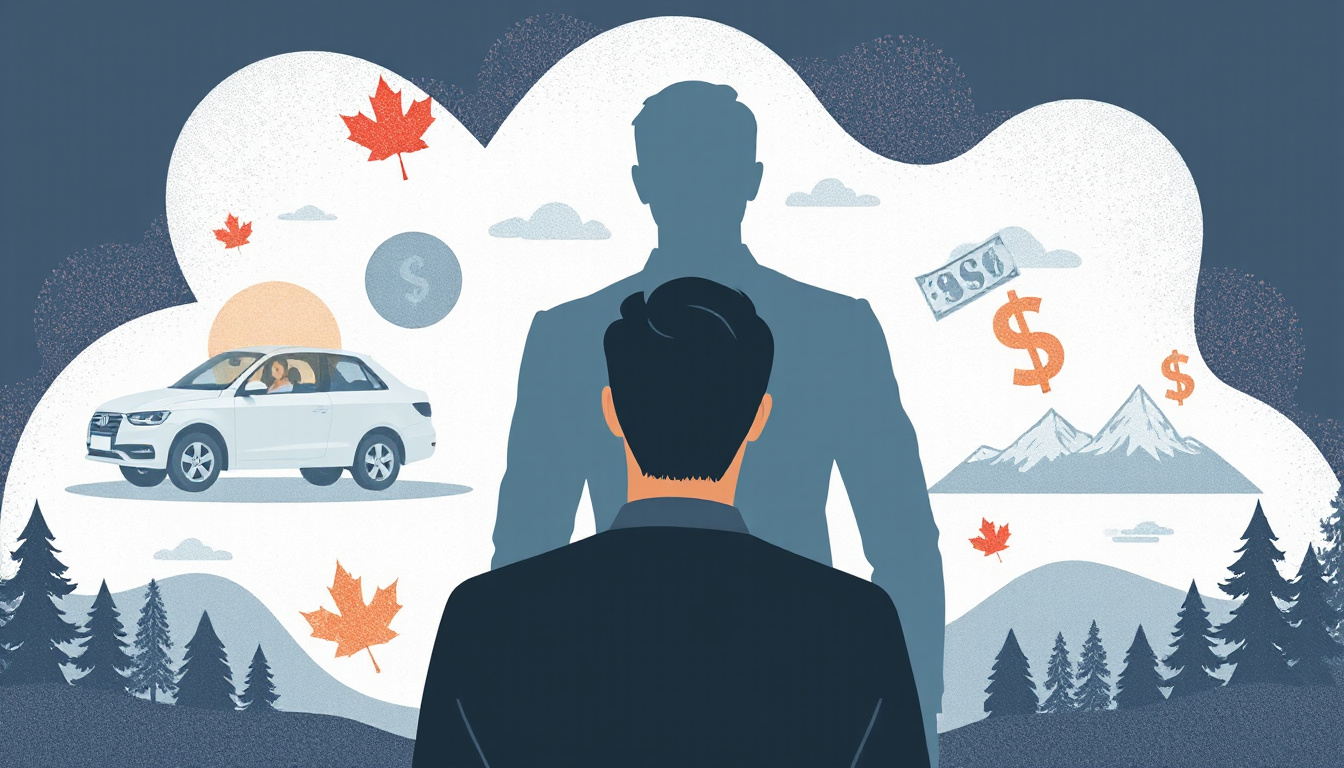When facing financial difficulties, you may be considering options like a consumer proposal to manage your debts. But what exactly happens to your assets during this process? Understanding the implications of a consumer proposal can be crucial to maintaining your financial well-being. In this article, we’ll explore what occurs to your assets in a consumer proposal, the types of assets affected, and the role of licensed insolvency trustees in navigating this complex landscape.

Key Takeaways
- Consumer proposals offer a structured way to manage debt while protecting certain assets.
- Not all assets are affected by a consumer proposal; some may be exempt from seizure.
- Licensed insolvency trustees play a crucial role in assessing and managing your assets during a proposal.
- Understanding specific asset impacts can help in making informed decisions about filing for a consumer proposal.
- FAQs clarify common concerns about the treatment of assets in consumer proposals and their effects on individuals.
Understanding Consumer Proposals: An Overview
In Canada, a consumer proposal is a formal, legally binding process that allows individuals who are struggling with unsecured debts to negotiate a repayment plan with their creditors. This process is supervised by a licensed insolvency trustee, who acts as a mediator between the debtor and the creditors. One common concern among those considering a consumer proposal is: what happens to your assets in a consumer proposal? The good news is that many individuals can retain their assets while entering this arrangement. Generally, your home, car, and other essential items can be protected during the process. However, it’s crucial to understand that if you own assets that exceed certain limits, such as equity in your home or the value of other investments, these might be at risk if not addressed in the proposal. By negotiating effectively and considering all creditors’ perspectives, a consumer proposal can be a viable debt relief option while enabling you to retain valuable possessions.
Impact of Consumer Proposals on Different Types of Assets
When you enter into a consumer proposal in Canada, the impact on your assets varies based on their nature and provincial regulations. A consumer proposal is a legally binding agreement under the Bankruptcy and Insolvency Act that allows you to repay a portion of your debts while protecting your assets. Here’s how it affects different asset categories:
1. Exempt Assets: Most provinces in Canada provide exemptions for certain types of assets, such as household goods, vehicles (up to a specified value), and your primary residence. This means that you can keep these assets during your proposal, which serves as a significant benefit. Each province has its own specific limits and allowances, so it’s essential to check local laws.
2. Non-Exempt Assets: If you own assets that exceed the provincial exemption limits, they may be sold to help satisfy your creditors’ claims. This category might include luxury vehicles, investment properties, or high-value collectibles. In a consumer proposal, you retain ownership of these non-exempt assets, but they may be considered when calculating your disposable income and proposing a repayment plan.
3. Retirement Accounts: Generally, retirement accounts like RRSPs (Registered Retirement Savings Plans) are protected in a consumer proposal. However, contributions made during the year of filing or prior contributions that haven’t matured could be at risk, so it’s crucial to consult with a licensed insolvency trustee regarding your specific situation.
4. Equity in Real Estate: If you have a mortgage on your home, only the equity is considered in the proposal. If your home’s market value minus the mortgage balance falls below the exemption limit, you won’t lose it. If your equity is above this limit, you may need to either pay that amount to your creditors or consider options to refinance or sell to cover the excess.
Understanding how your assets will be treated in a consumer proposal is essential to making informed financial decisions. Be sure to consult with a licensed insolvency trustee who can provide tailored guidance based on your unique financial situation.
‘The only thing we have to fear is fear itself.’ – Franklin D. Roosevelt

The Role of Licensed Insolvency Trustees in Asset Management
## The Role of Licensed Insolvency Trustees in Asset Management
When you file a consumer proposal in Canada, you’re engaging a legal process designed to help you manage your debt while maintaining your assets. A crucial part of this process involves a Licensed Insolvency Trustee (LIT). These professionals are licensed by the federal government and play an essential role in guiding you through the consumer proposal process.
### Understanding a Licensed Insolvency Trustee’s Function
The main duty of a licensed insolvency trustee is to act as a mediator between you and your creditors. They assess your financial situation comprehensively and prepare your proposal, which outlines how you plan to repay a portion of your debts over a set timeframe—typically a period of up to five years.
### Asset Assessment
Furthermore, LITs evaluate your assets to determine which can be retained during and after the consumer proposal process. In Canada, the law allows you to keep certain assets, including:
– Your principal residence, subject to equity limits
– Necessary household items, such as furniture and appliances
– Tools of your trade up to a certain value
– A portion of RRSPs, RESPs, or pensions
Your LIT works diligently to ensure that you understand what happens to your assets during this process, providing clarity and advice tailored to your specific financial situation.
Frequently Asked Questions About Assets and Consumer Proposals
In a consumer proposal, your assets are treated differently compared to bankruptcy. Generally, the goal of a consumer proposal is to allow you to keep your assets while reducing your overall debt. Your assets, like your home or car, are not automatically liquidated as they might be in bankruptcy. However, it’s essential to disclose all your assets during the proposal process. If the total value of your assets exceeds a certain threshold, your creditors may require you to contribute more to your proposal to keep those assets. Furthermore, the specific rules can vary by province, so consulting with a licensed insolvency trustee is crucial to understand how your assets will be managed under your proposal.
Frequently Asked Questions
What is a consumer proposal?
A consumer proposal is a legal process in Canada that allows individuals with unsecured debt to make a formal offer to settle their debts for less than the total owed, while avoiding bankruptcy.
How does a consumer proposal affect my assets?
In a consumer proposal, your assets may be protected. Generally, you can keep your essential assets unless they exceed certain exemptions set by law.
What types of assets are affected by a consumer proposal?
Common assets that may be affected include vehicles, property, savings, and investment accounts. However, certain assets like household items and necessary tools for work often have protection limits.
Who manages my assets during a consumer proposal?
A Licensed Insolvency Trustee (LIT) is responsible for managing your consumer proposal. They will assess your financial situation, help you draft the proposal, and negotiate with your creditors.
Can I keep my house and car if I file a consumer proposal?
Yes, most individuals can keep their house and car in a consumer proposal, provided they can continue making payments on them and the equity does not exceed certain exemption limits.
